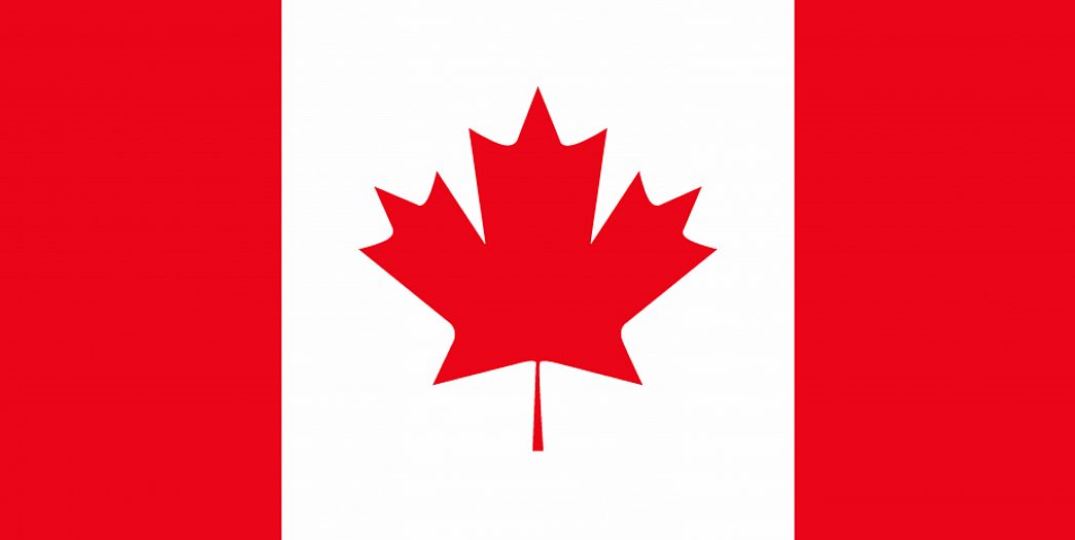

Canada Permanent Residency (PR)
Canada's Permanent Residency (PR) programs are designed to attract skilled workers, reunite families, and strengthen the Canadian economy and society. As a PR holder, you can live, work, and study anywhere in Canada, access healthcare and social services, and eventually apply for Canadian citizenship.
There are multiple pathways to obtaining PR, each suited to different applicant profiles. Below is a breakdown of the most popular routes:
1. Express Entry – Canada's Fastest PR Pathway
Express Entry is an online system used by the Government of Canada to manage applications for permanent residence from skilled workers. It is the most popular and efficient immigration route, with many applicants receiving PR within 6 to 8 months after applying.
Express Entry manages applications under three federal immigration programs:
- Federal Skilled Worker Program (FSWP): For applicants with foreign work experience.
- Canadian Experience Class (CEC): For individuals with at least one year of Canadian work experience.
- Federal Skilled Trades Program (FSTP): For qualified tradespeople in specific occupations.
How It Works:
- 1. Profile Submission: You create an Express Entry profile and are assigned a Comprehensive Ranking System (CRS) score based on age, education, language ability (IELTS/CELPIP), work experience, etc.
- 2. Invitation to Apply (ITA): Regular draws are held, and top-ranking candidates receive ITAs for PR.
- 3. Application Submission: Once invited, you submit a complete PR application within 60 days.
- 4. Decision: If approved, you receive your Confirmation of Permanent Residence (COPR).
- Fast processing times
- No job offer required (for most candidates)
- Open to candidates globally
Tip: If your CRS score is low, a Provincial Nominee Program (PNP) nomination can give you an additional 600 points, virtually guaranteeing an invitation.
2. Express Entry – Canada's Fastest PR Pathway
The Provincial Nominee Program allows provinces and territories to select and nominate individuals who want to settle in a specific province and meet its labor or economic needs.
Each province/territory operates its own streams targeting specific groups such as:
- Skilled Workers
- Semi-skilled Workers
- International Graduates
- Entrepreneurs
Types of PNP Streams:
- • Base PNPs: Apply directly to the province. If nominated, you submit your PR application to IRCC.
- • Enhanced PNPs: Aligned with Express Entry. A nomination here gives you 600 CRS points, significantly boosting your chances of getting an ITA.
Examples of PNPs:
- • Ontario Immigrant Nominee Program (OINP) – Popular for tech professionals and international grads.
- • BC PNP - Ideal for those with job offers in British Columbia.
- • SINP (Saskatchewan) – Offers both Express Entry and Occupation-In-Demand streams.
- • AAIP (Alberta) - Has low CRS cutoff draws.
- Ideal for candidates with provincial ties or job offers
- More flexible eligibility criteria compared to Express Entry
- Multiple draws throughout the year
3. Family Class PR – Reunite with Loved Ones
Canada supports the reunification of families through the Family Class Sponsorship Program. If you're a Canadian citizen or permanent resident, you can sponsor close family members to come live with you in Canada permanently.
Eligible relationships include:
- • Spouse or common-law partner
- • Dependent children (biological or adopted)
- • Parents and grandparents (under a separate stream – see below)
- • Other relatives (in limited exceptional cases)
Sponsor Requirements:
- • Be 18 years or older
- • Live in Canada (or plan to return once your relative arrives)
- • Meet minimum income requirements (in certain cases)
- • Sign an undertaking to support the sponsored person
- Bring your family together
- No points system involved
- Pathway to citizenship for loved ones
Tip: Spousal sponsorship applications can be processed Inland (if the spouse is already in Canada) or Outland (if they are overseas).
4. Parents PR – Sponsor Your Parents & Grandparents
Through the Parents and Grandparents Program (PGP), Canadian citizens and PR holders can sponsor their parents and grandparents for permanent residence. This is one of the most generous family reunification programs globally, though it’s limited by a lottery system and capped intake.
How It Works:
- 1. Submit an Interest to Sponsor form when the program opens (usually once a year).
- 2. If selected in the lottery, you’ll receive an invitation to apply.
- 3. You must meet Minimum Necessary Income (MNI) requirements based on your family size.
- 4. Submit a complete sponsorship and PR application.
- Permanent solution for long-term reunification
- Access to healthcare and social benefits for parents
Alternative Option: If you’re not selected in the PGP draw, you can apply for a Super Visa — a long-term, multiple-entry visa allowing parents to stay for up to 5 years per visit.
